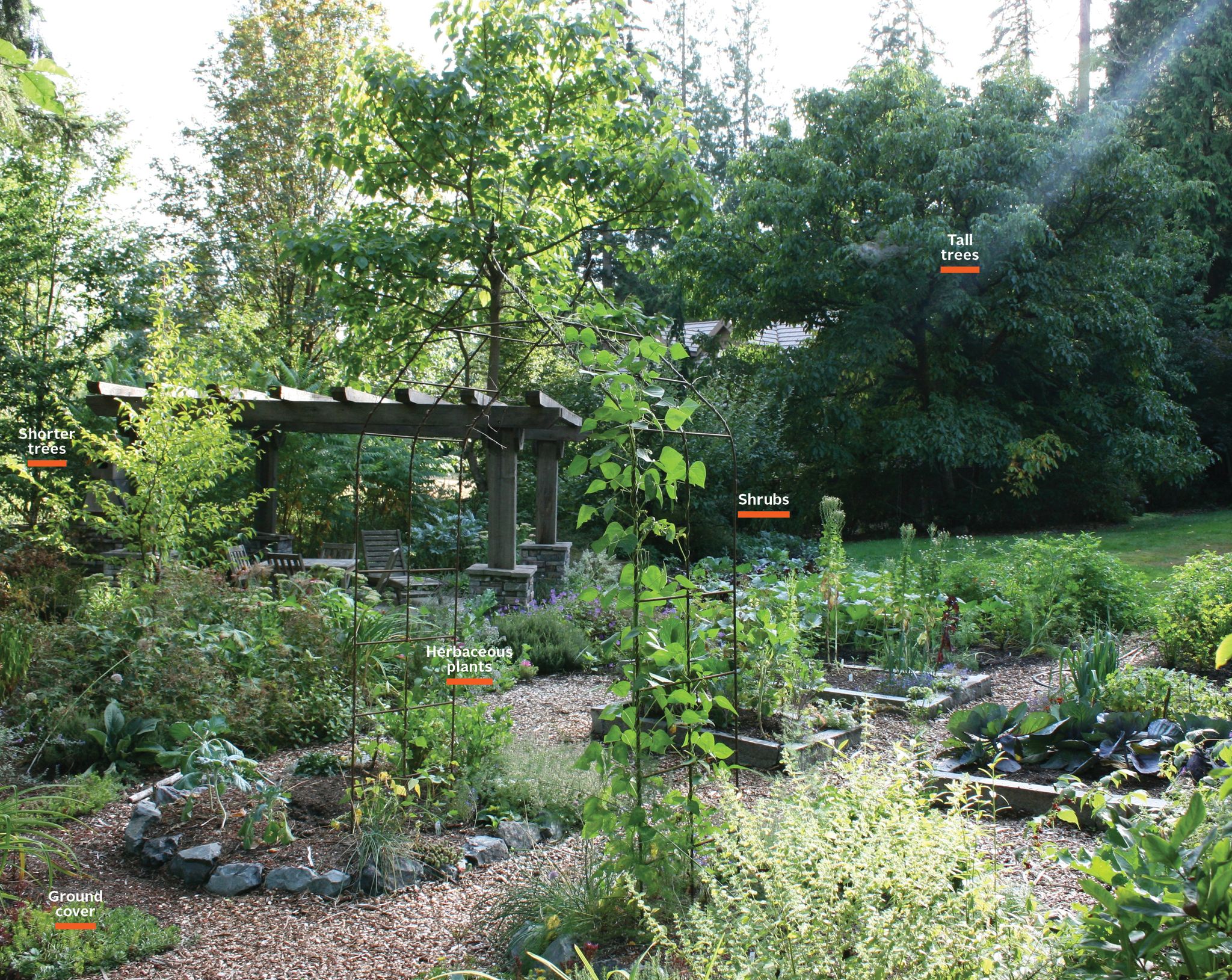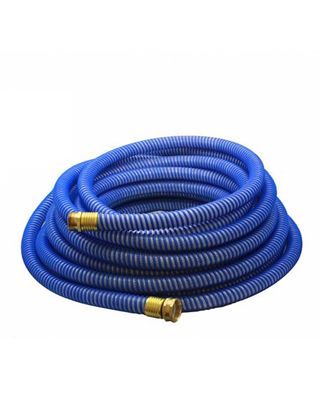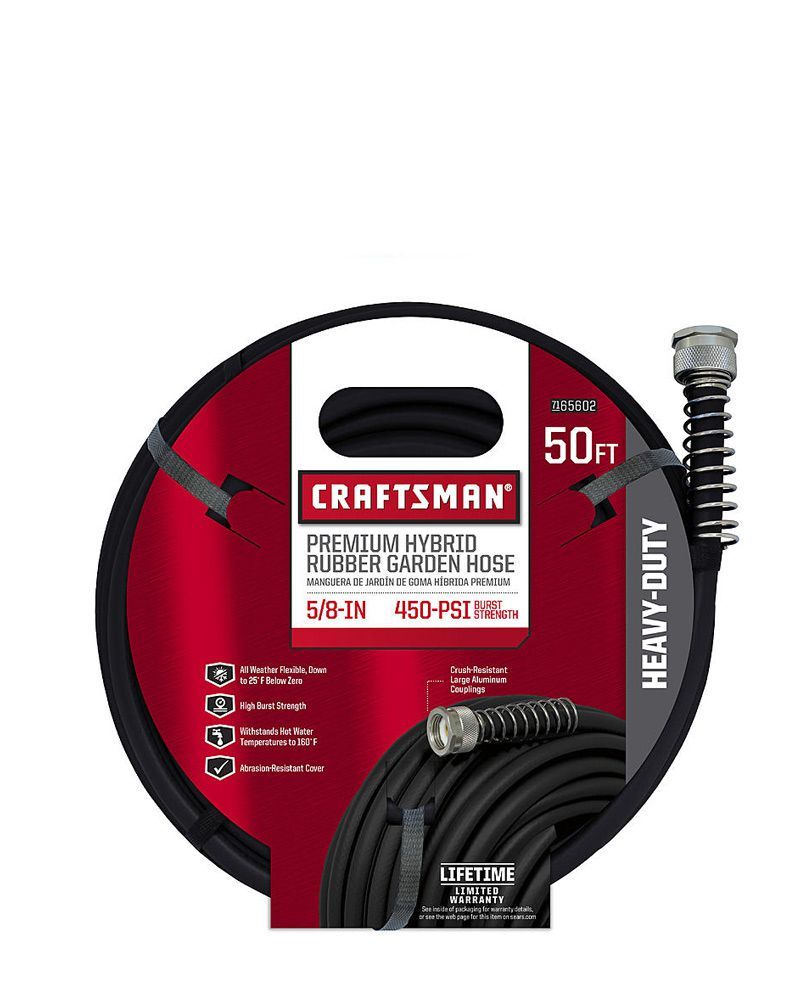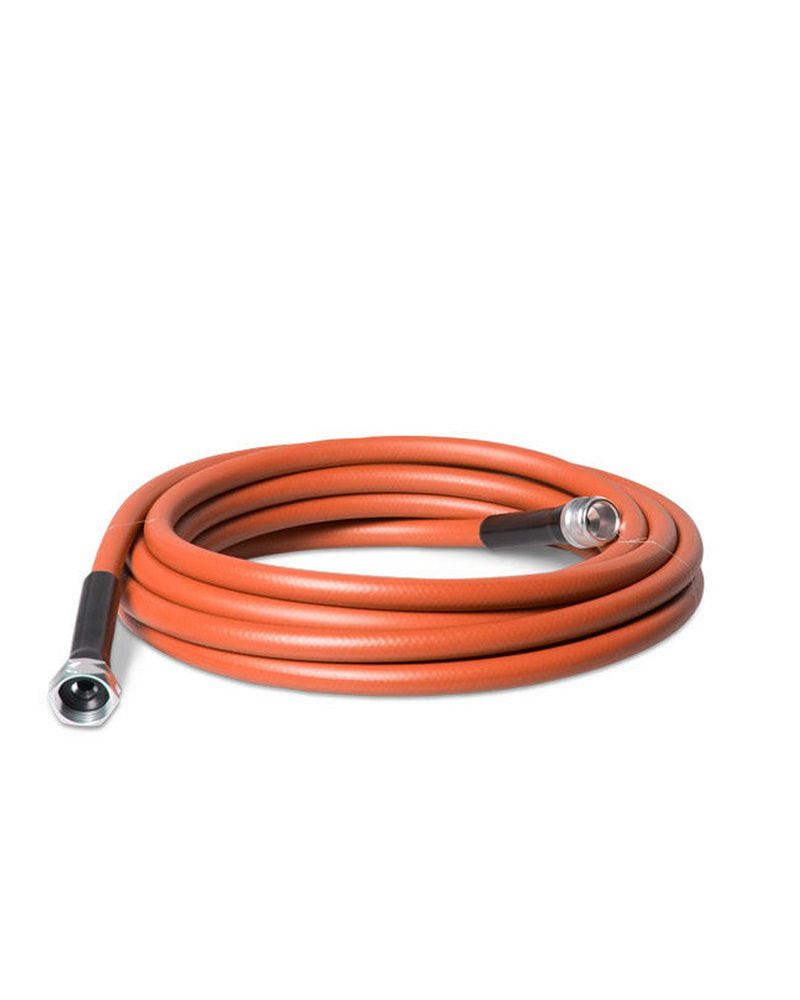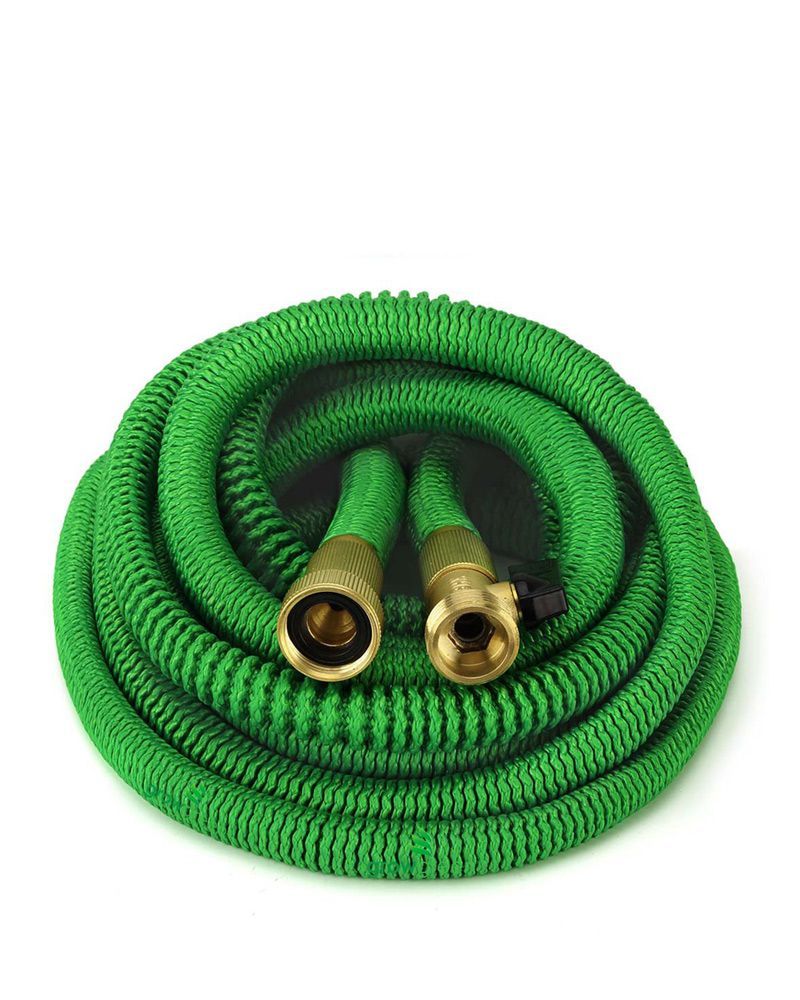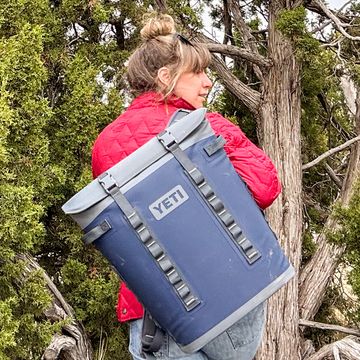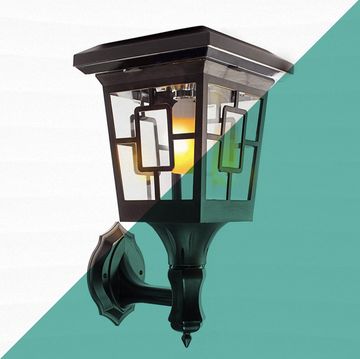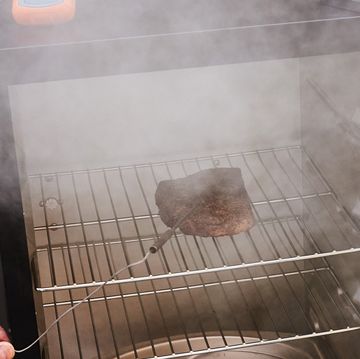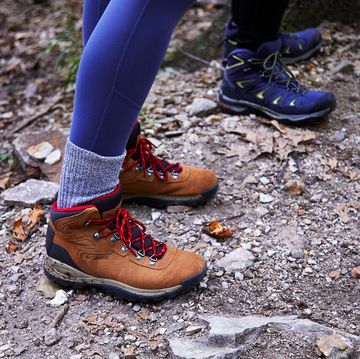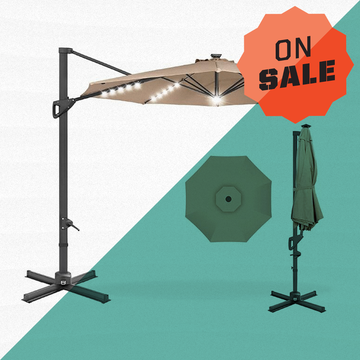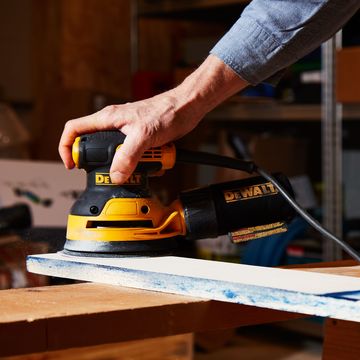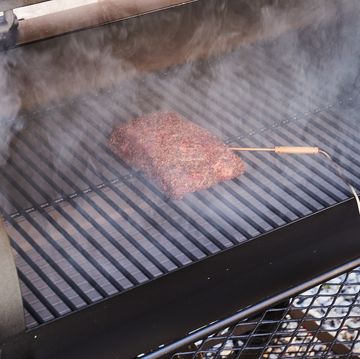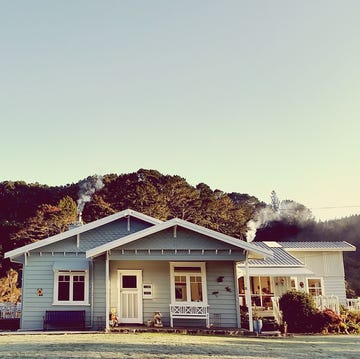So many plants that we enjoy—especially trees—are the gift of someone else’s foresight. A sapling in one generation becomes a landmark in the next.
My parent’s forest garden, a 25x25-foot space behind the driveway, layered with trees, shrubs, and ground cover, technically started with the Holtzes. As the prior owners of the home, they planted cedars along the back fence. When my parents moved in 30 years ago, their neighbors had an enormous hackberry tree that dropped seeds into our yard. A few of those seeds grew into trees that ultimately stretched into a canopy above the cedars. Then 10 years ago, my mom dug up two redbud trees, the size of twigs, from her father’s garden when he died and replanted them in her yard.
Now, at 15 feet tall, they form the understory. And last year, we added witchhazel and a buttonbush, carved out short pathways, and laid a ground cover of shade-loving perennials—columbine, oak and palm sedge grasses, and ferns that will someday creep along the ground and cover the soil entirely.
We can’t predict who will inherit the garden next, but in a way, the work we’re doing now is for them. Just as the cedars and the redbuds were for us.
The key to a long-lived forest garden is biodiversity—and that goes beyond flora. You need to attract and feed beneficial creatures of all kinds, including insects and birds to pollinate plants, spread seeds, and regulate pest populations, as well as microbes and fungi to enrich the soil.
Here, Jessi Bloom, owner of NW Bloom Ecological Services and author of Creating Sanctuary, shares some guidelines for designing your own forest garden.
Choose plants that like the current—and future—temperature and rainfall of your region as well as the light conditions and soil of your yard.
Generally, this leads to indigenous plant choices. Check the USDA Plants Database to see if plants you like grow in areas with similar conditions to your area. Take into account the climate change projected for your region within your lifetime—be that higher temperatures, increased storm activity and rainfall, or drought. This will improve the garden’s adaptability in the future.
Avoid plants that are susceptible to diseases or pests in your area.
High-yield fruit trees such as apples tend to require fertilizers and often have pest issues and shorter lives. Best case scenario, they’ll produce for about 40 years. If you want fruit, try lower-maintenance varieties like jujube, which likes a warm, dry climate with sandy soil, or species native to your area, such as serviceberry or wild plum in the Midwest and Northeast. Nut trees can live and produce for hundreds of years. When harvesting, take only what you need. Leave the rest for the critters.
Space plants so that they capture as much sunlight as possible.
Note the angle of the sun, especially at the summer solstice—the time when many plants are most active—to see how it could impact hours of light and shade. Then block out the plants according to their mature sizes (width and height). Place smaller, sun-loving plants south of taller ones so they’ll get more sun access. Fill shadowy areas with shade-loving plants to take advantage of the leftover sun dapple. Catching as much sunlight as possible maximizes photosynthesis, which stimulates the soil biology, which in turn gives nutrients to the plants and improves their immunity.
Work with the landscape as it changes over time.
When you plant a sapling, it could take five to 10 years to cast significant shade. In the meantime, seed the area around the tree with a sunny pollinator mix of annuals and herbaceous perennials from a local native plant nursery. These plants can cover the ground, activate the soil biology to keep plants extra healthy, build biomass, and attract beneficial insects into the system. Once the shade arrives, layer in herbaceous woodland perennials as the sun lovers recede.
Provide a constant source of food for pollinators.
Make sure that at least three to four varieties of flowers are in bloom throughout the growing season. Add an insect hotel—a man-made shelter for bugs—to house beneficial insects, and a fountain or shallow birdbath for a reliable water source.
Be prepared to nurture your garden for three to five years.
“It’s like having a baby,” says Bloom. “The more work you put in up front, the more resilient it will be down the road.” Most important: Know how many inches of water your plants need per week, track rainfall, and water supplementally when the rain isn’t enough. You’ll probably need to do some weeding. It can also be helpful early on to add mulches, compost, and compost tea to boost the soil’s microbe population. After the establishment period—if you designed it well—the garden should sustain itself, like a wild forest.
WATCH NEXT: GADGETS FOR THE HOME

